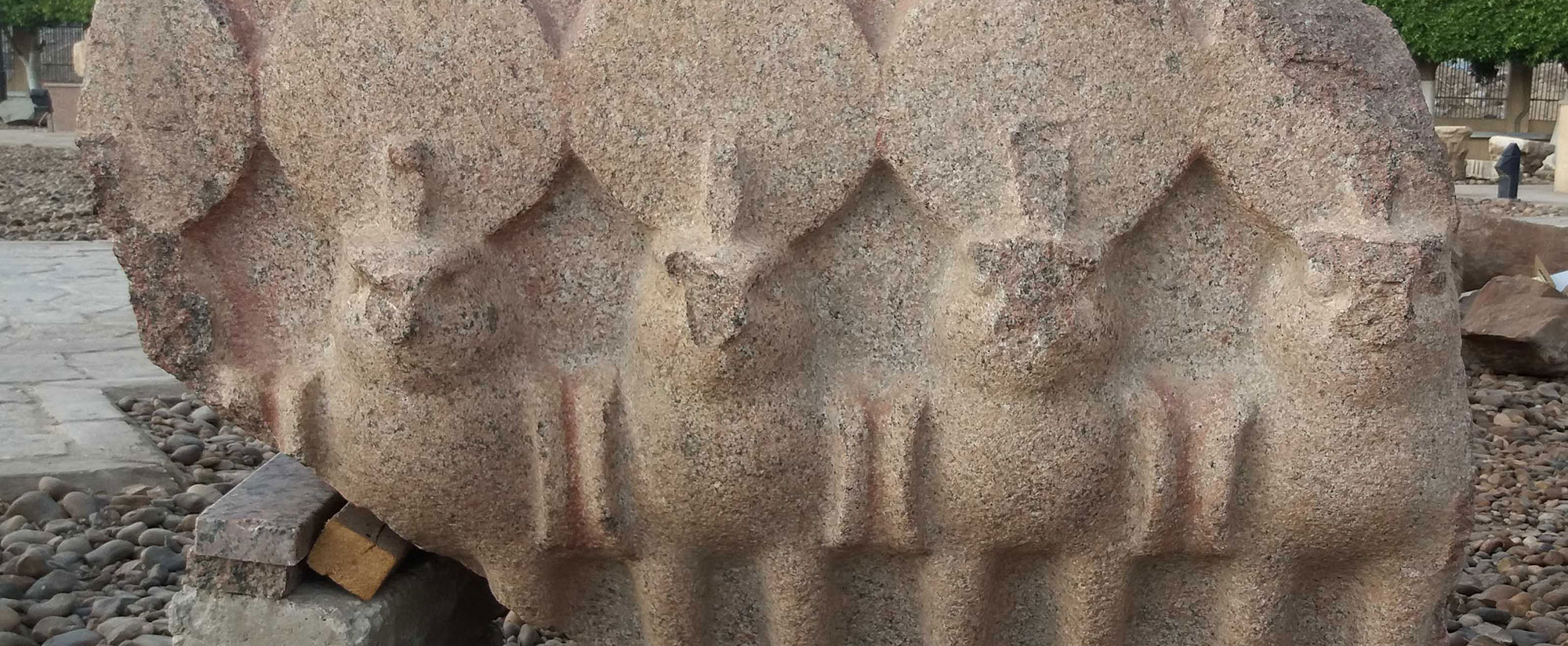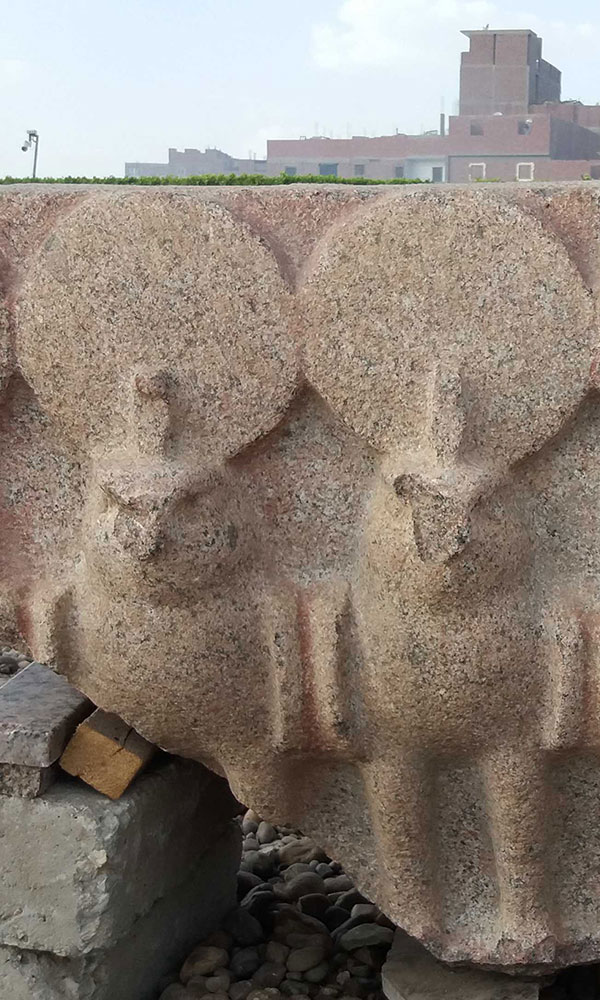CLEVELAND, OHIO—Science News reports that two pieces of a Denisovan skull have been recovered from Siberia’s Denisova Cave. Based on sediment analysis, the human relative is thought to have lived in the cave periodically between 300,000 and 50,000 years ago. Paleoanthropologist Bence Viola of the University of Toronto said mitochondrial DNA extracted from the surprisingly thick pieces of braincase was used to confirm that they belonged to a Denisovan. Viola and his colleagues also compared digital reconstructions of the skull fragments with the corresponding parts of modern-human skulls from different time periods, and skulls of other Homo species, including Neanderthals. (Neanderthals also lived in Denisova Cave after about 200,000 years ago.) Some of the fragments’ features were similar to Neanderthal skulls and to a 430,000-year-old Homo species found in Spain, which had Denisovan ancestry, Viola explained. To read about evidence of interbreeding between Denisovans and Neanderthals, go to “Hominin Hybrid.”
Denisovan Skull Fragments Discovered
News April 3, 2019
Recommended Articles
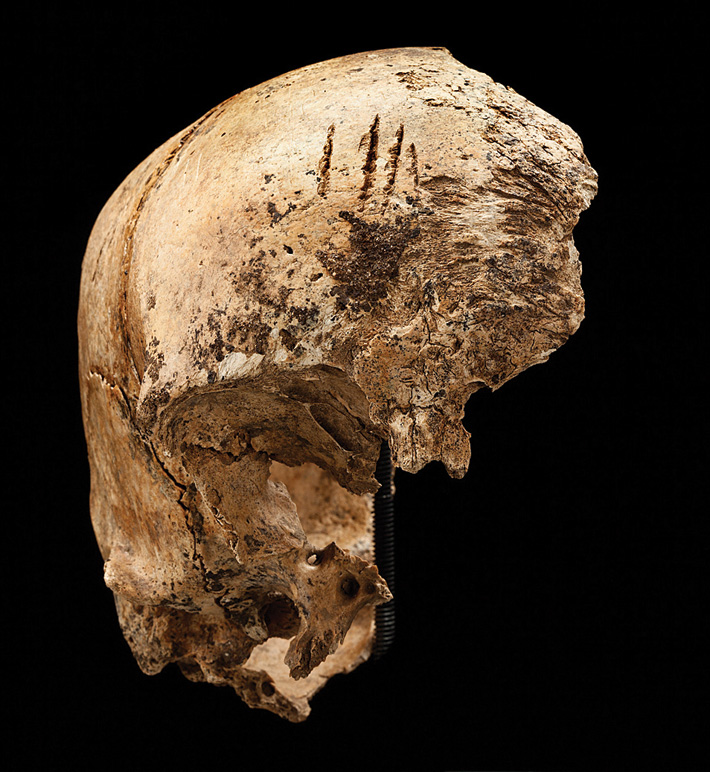
Off the Grid November/December 2025
Bighorn Medicine Wheel, Wyoming
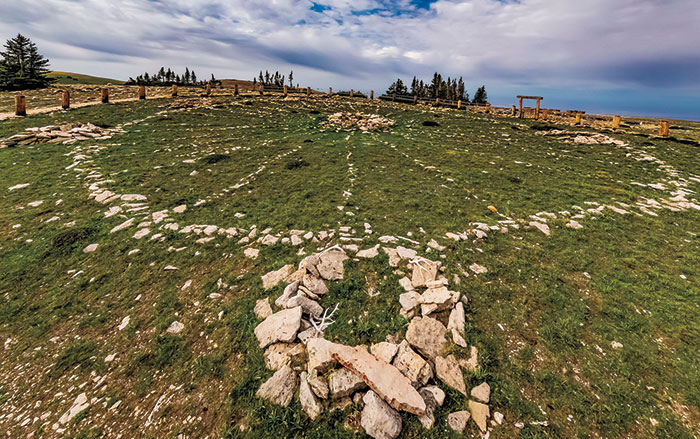
Letter from Mongolia November/December 2025
Building the Black City
Why the nomads of the Uighur Empire constructed a medieval urban center like no other
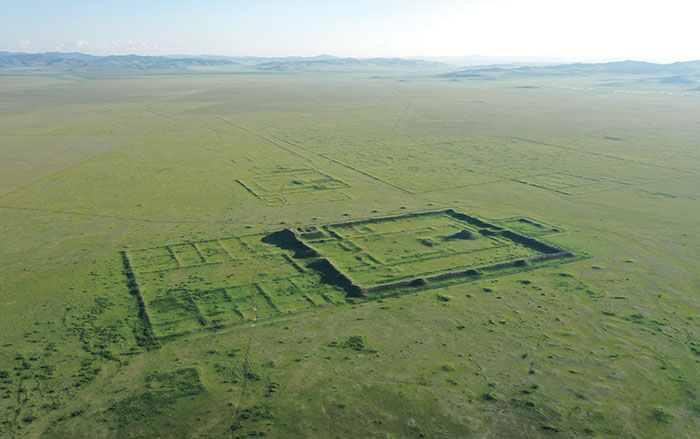
Digs & Discoveries November/December 2025
In His Majesty's Secret Service
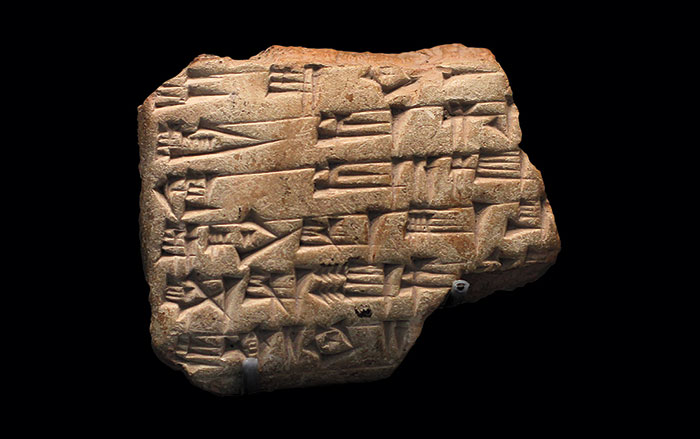
-
Features March/April 2019
Sicily's Lost Theater
Archaeologists resume the search for the home of drama in a majestic Greek sanctuary
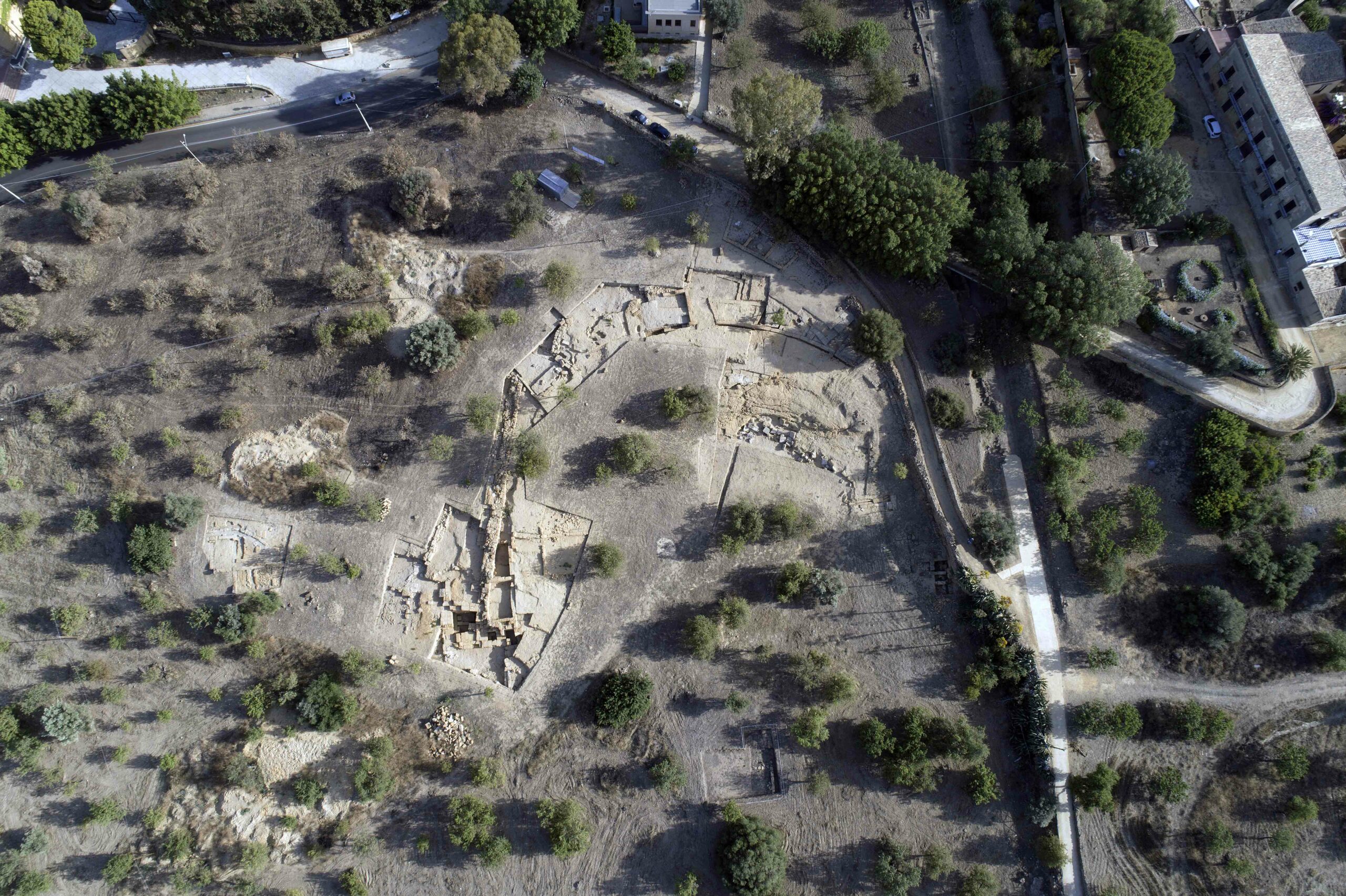 (Giuseppe Cavaleri)
(Giuseppe Cavaleri) -
Letter From Texas March/April 2019
On the Range
Excavations at a ranch in the southern High Plains show how generations of people adapted to an iconic Western landscape
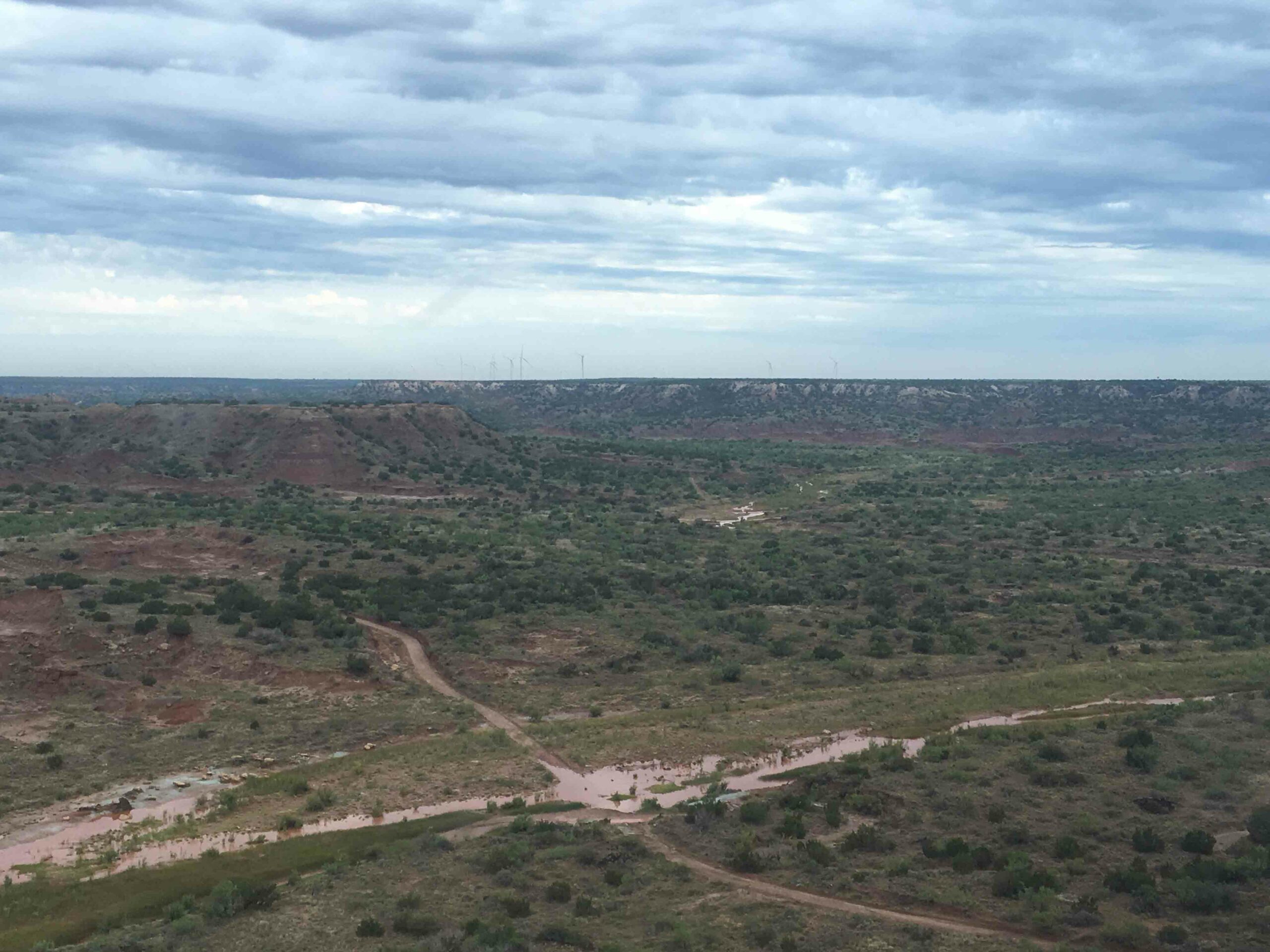 (Eric A. Powell)
(Eric A. Powell) -
Artifacts March/April 2019
Medieval Seal Stamp
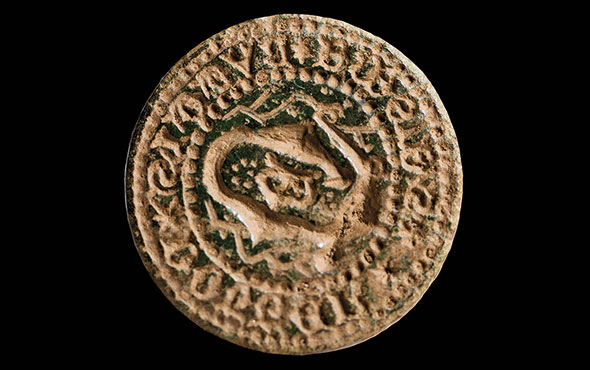 (Rikke Caroline Olsen/The National Museum of Denmark)
(Rikke Caroline Olsen/The National Museum of Denmark) -
Digs & Discoveries March/April 2019
Fairfield's Rebirth in 3-D
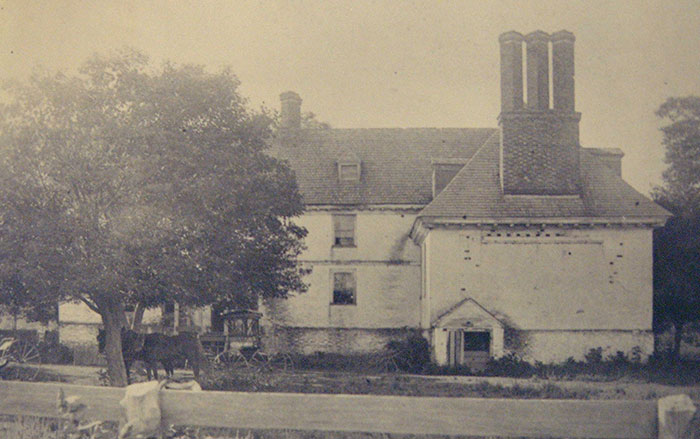 (Virginia Department of Historic Resources)
(Virginia Department of Historic Resources)


